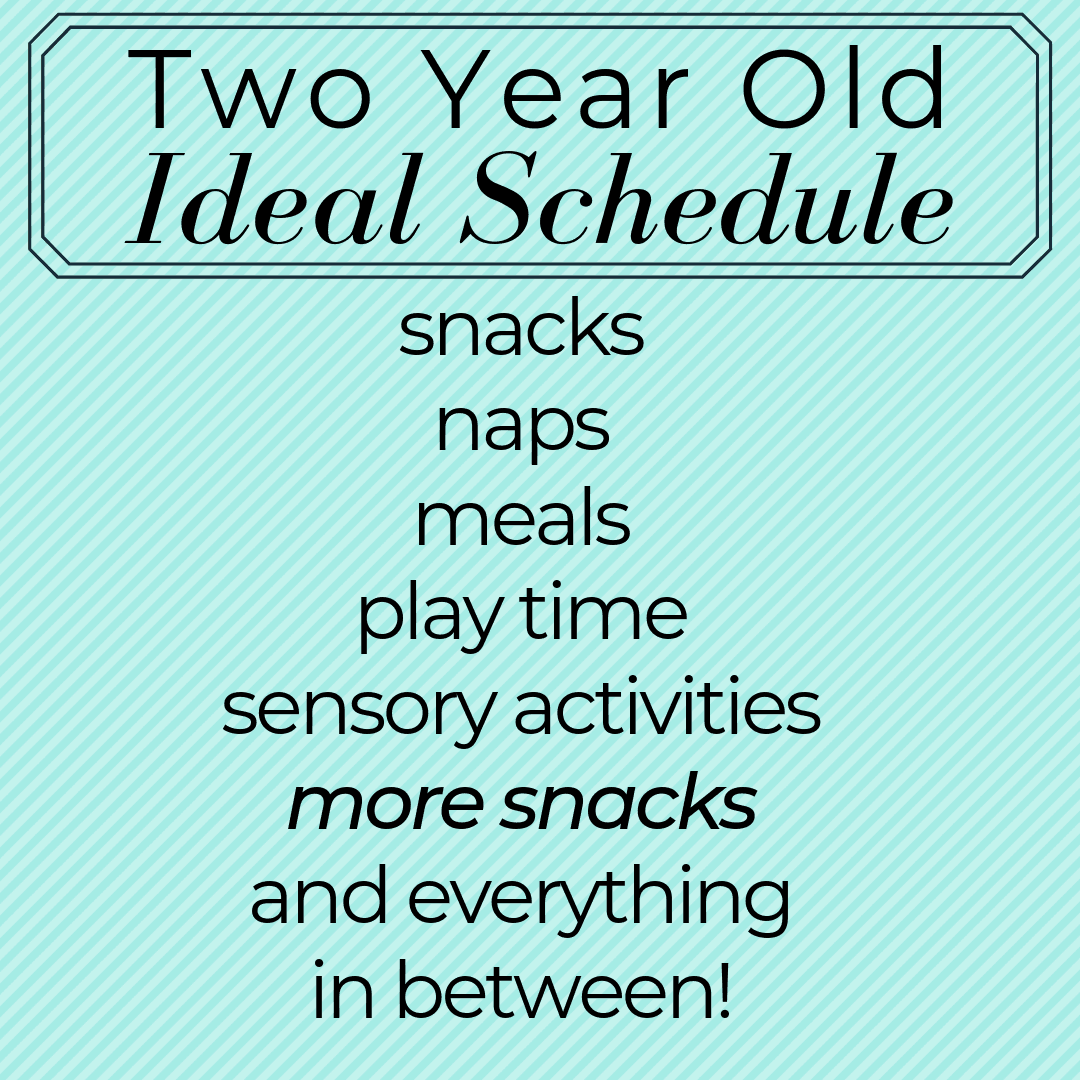
Pause and let her talk back to you with her coos and other noises, facial expressions, and body movement.

Use words while playing with your baby.Work in some tummy/floor time for your baby to stretch and explore simple toys and materials such as rattles, stacking cups, big spoons, board books, and other items that are safe for babies to put in their mouths.Even if she doesn't get any food in her mouth on her own, it's good practice for when she's older. As your older infant is ready for solids, let her practice feeding herself with her own spoon while you feed her pureed or mashed solids from another spoon.Talking to your baby is a great way for her to learn words. Use feeding and diapering time to talk with your baby or play simple games.On-Demand Feeding and Diapering Play and Exploration Caring for yourself is equally important to caring for your baby.Ĩ–10 a.m. Start your day by thinking about the things that make you feel better, such as songs, family meals, prayers, hugs, or seeing the world through your baby's eyes. Remember, your baby is growing at her own pace, so this schedule is flexible and can be changed. The following sample daily schedule can be adapted to meet your baby's individual needs. Using familiar routines based on your baby's needs can help you and your baby develop a flexible schedule. In fact, the more you respond to your baby's on-demand needs (such as feeding her when she lets you know she's hungry, holding her when she's upset, or putting her down for a nap when she shows you she is tired), the easier it is for your baby to settle into a regular schedule. Feedings and morning and afternoon naps get more regular as your baby grows and develops. Many babies are ready for a very flexible schedule at around 6 weeks of age.

Families can use this sample daily schedule to plan and create a flexible and consistent routine for their baby while learning at home.


 0 kommentar(er)
0 kommentar(er)
